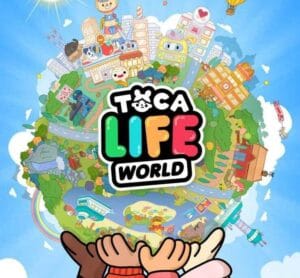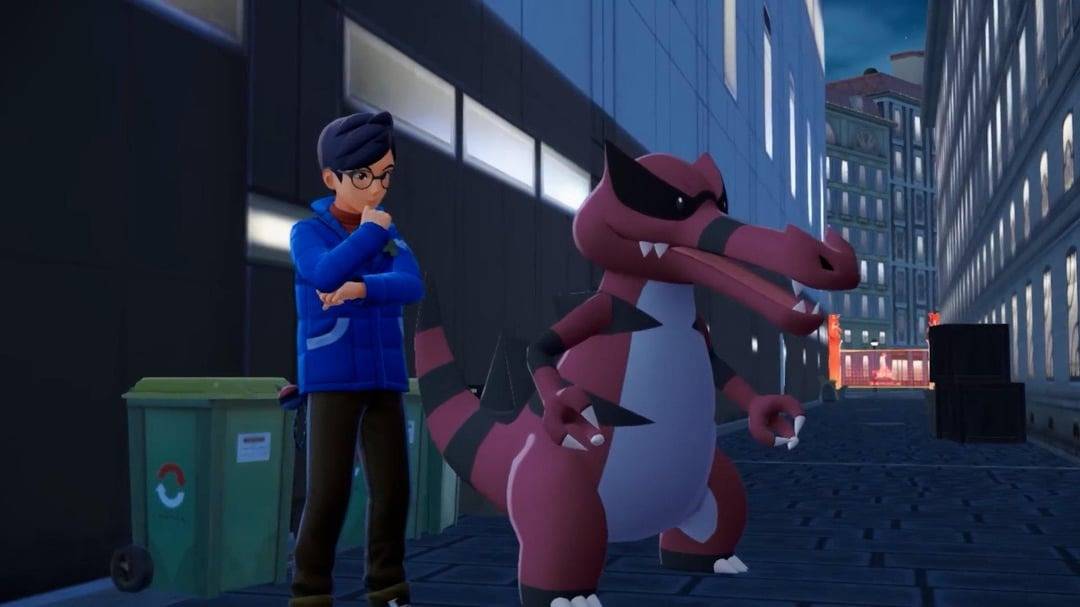NINTENDO’S CONTROVERSIAL NEW PATENT: THE “SUMMON-AND-BATTLE” MECHANIC SPARKS INDUSTRY ALARM
Popular Now
 God of War Ragnarök
God of War Ragnarök
 League of Legends
League of Legends
 Gacha Club
Gacha Club
 Minecraft
Minecraft
 Rust
Rust
 Candy Crush Saga
Candy Crush Saga
 CarX Street
CarX Street
 Sonic the Hedgehog™ Classic
Sonic the Hedgehog™ Classic
 Brawl Stars
Brawl Stars
 Roblox
Roblox 
Nintendo has successfully obtained a new and controversial U.S. Patent that is generating significant discussion—and concern—across the global gaming industry. The patent, officially granted by the United States Patent and Trademark Office (USPTO), specifically covers a mechanic that governs how a player can summon a secondary character, or “sub character,” to engage in a battle on their behalf.
The Patent’s Key Details and Scope
The patent, identified as US Patent No. 12,403,397, was granted on September 2, 2025, from an application initially filed in March 2023. While the core concept of summoning an ally to fight is not new, the patent’s claims describe a very specific sequence of events that closely mirrors the gameplay loop found in recent Pokémon titles, particularly the “Let’s Go!” auto-battle feature in Pokémon Scarlet and Violet.
The key claims protected by the patent are highly technical but essentially cover the following combination of actions:
- The player controls a main character in a virtual game space.
- The player can perform an input to summon a “sub character” (like a Pokémon).
- The system then branches the action based on where the sub character appears:
- If the sub character appears in the location of an enemy, a player-controlled battle mode begins.
- If no enemy is immediately present, the sub character will move automatically on the field. The player can then input a second command to direct the sub character to a specific location, which will trigger an automatic battle upon encountering an enemy.
- All of this happens without a scene switch, meaning the transition to battle occurs seamlessly within the overworld environment.
It is the combination of these specific steps—the conditional branching between manual and automatic battle, all stemming from the player’s initial movement and summon input—that the patent is designed to protect.
 Wider Industry Ramifications and Legal Scrutiny
Wider Industry Ramifications and Legal Scrutiny
Despite its specificity, the patent’s approval has been met with immediate backlash from game developers and legal experts who view it as an overreach and a potential threat to creativity.
- The “Chilling Effect”: Critics argue that while the patent might be highly specific, its existence creates a “chilling effect” on small or indie developers. These companies may now be forced to fundamentally change their creature-collecting or summoning-based game designs to avoid the risk of an expensive lawsuit from Nintendo, regardless of whether their mechanic is a true infringement.
- Prior Art Concerns: Legal experts, including video game patent lawyers, have publicly stated that the patent should not have been granted. They argue that the mechanics described are not entirely novel and that the USPTO failed to properly vet the application against “prior art”—existing games like Persona, Digimon, and Elden Ring that have long used some form of companion summoning for combat. The problem of identifying prior art in the rapidly evolving video game industry has been highlighted as a flaw in the current patent system.
- The Palworld Context: This patent arrives in the middle of Nintendo and The Pokémon Company’s ongoing legal battle with Pocketpair, the developer of the popular game Palworld. While the patent was filed before Palworld’s release, many see this and other recent Nintendo patent filings (such as one related to “smooth switching of riding objects”) as a legal strategy to strengthen their position against competitors in the monster-taming genre.
While industry consensus holds that the patent’s validity could be challenged in court due to the existence of prior art, its current status represents a powerful new legal tool for Nintendo. For now, the successful patenting of this particular gameplay sequence forces developers in the competitive creature-collecting and open-world RPG space to proceed with extreme caution to ensure their mechanics do not overlap with Nintendo’s newly protected IP.







 Wider Industry Ramifications and Legal Scrutiny
Wider Industry Ramifications and Legal Scrutiny